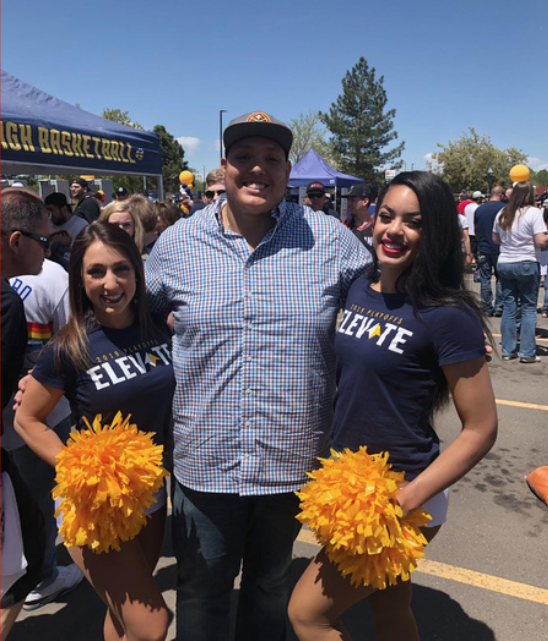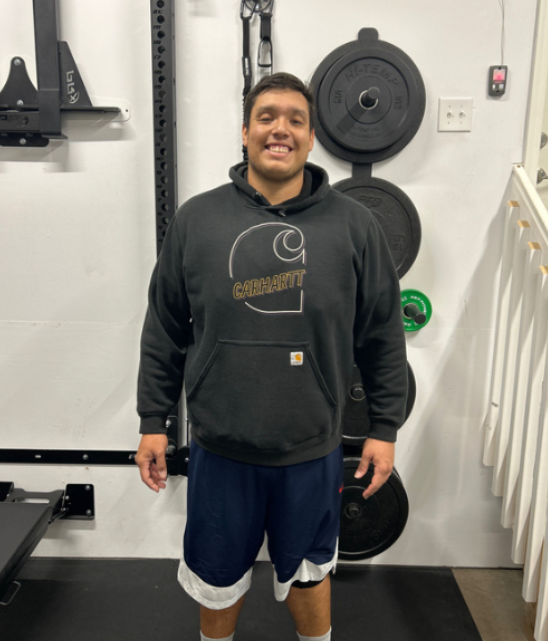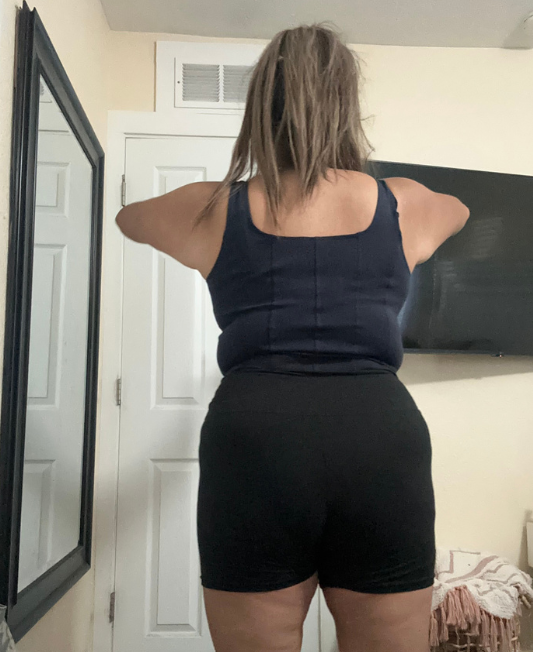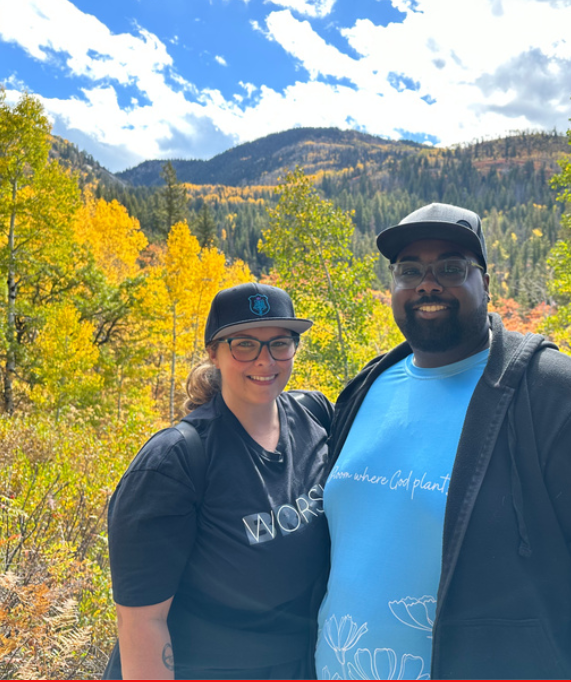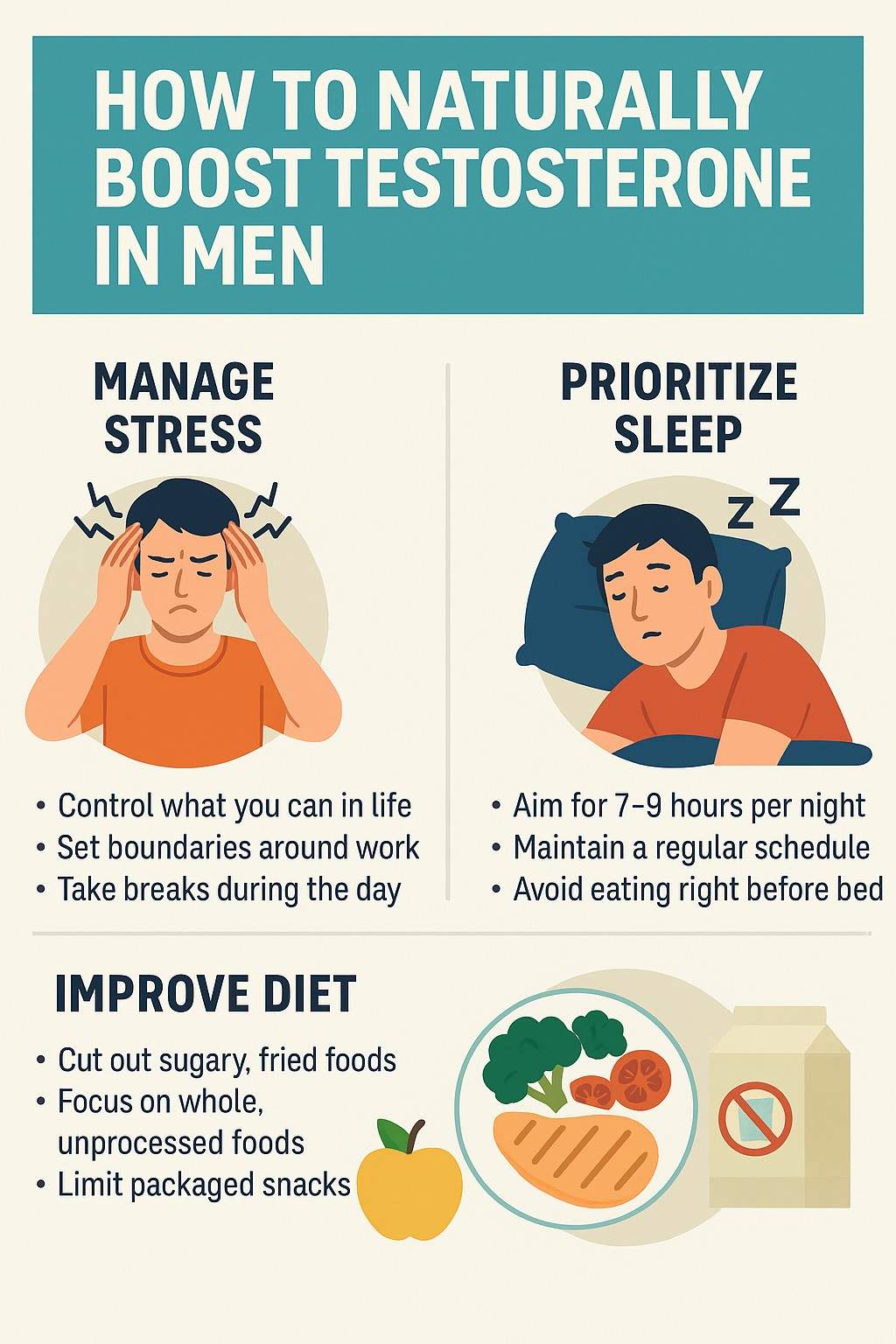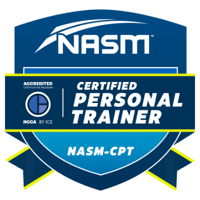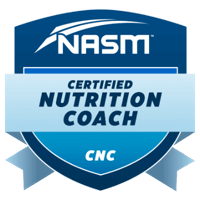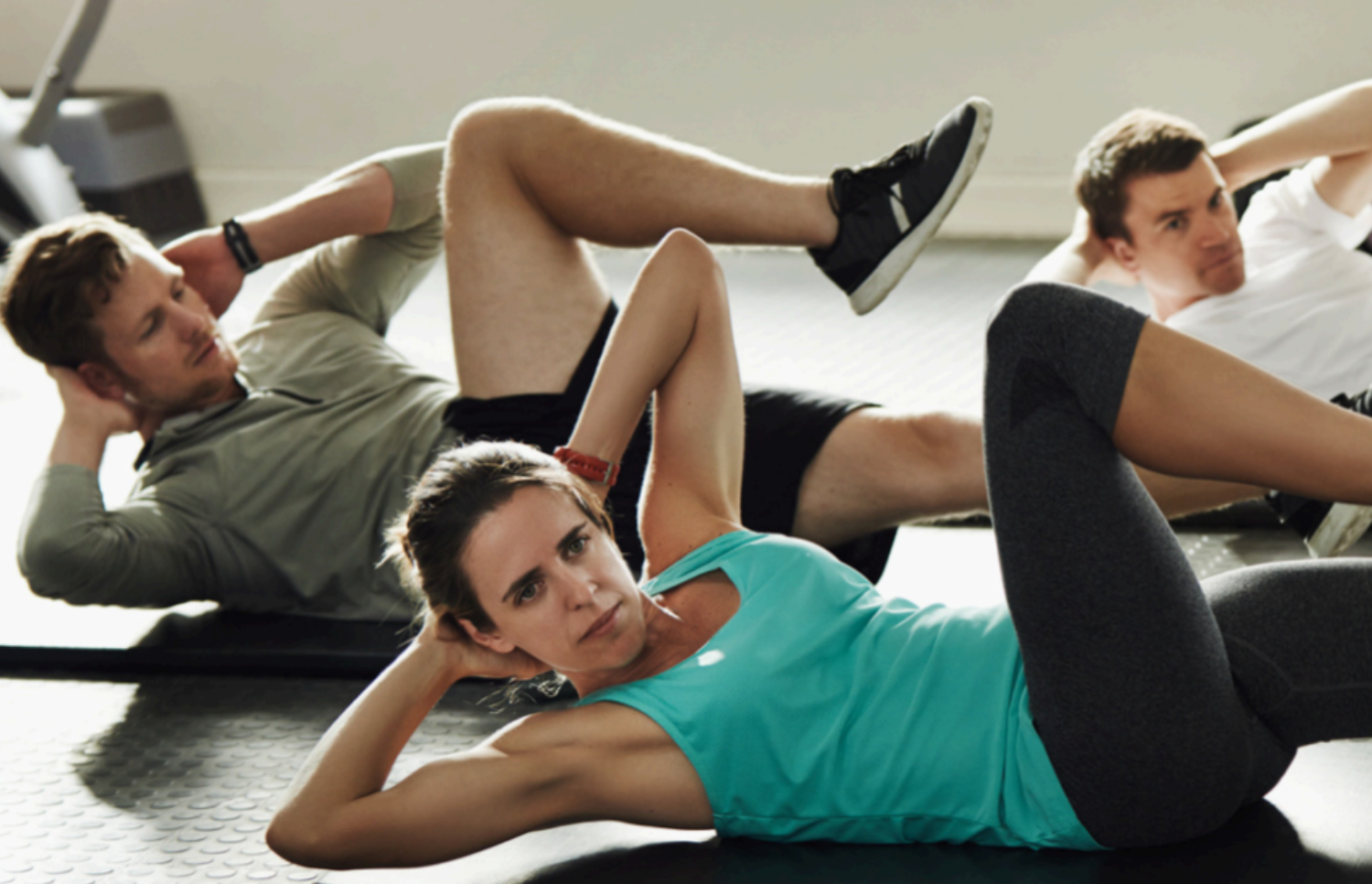
Are you sick of doing hours of cardio and starving yourself with little to no results? It might be time to take a new approach to your fat loss goals!
Our Four Step Process Will Not Only Have You Feeling And Looking Your Best, But It’ll Give You:
- More energy
- Better sleep quality
- An improved relationship with food
- A way out of the yo-yo dieting cycle
- A clear understanding of what works for YOU and YOUR body
Here’s the Framework
Step 1: Identify the Damage
Step 2: Metabolic Restoration
Step 3: Fat Loss Acceleration
Step 4: Lifestyle Integration
But before we get into it, we need to understand why diets don’t work…
Four Steps to Faster Fat Loss
The weight loss industry is a $75 BILLION with a B dollar (a year) industry in the United States alone. We will try anything to lose weight. If you’re here, we are guessing you’ve heard about or tried most of them but let’s review some of our recent favorites.
Intermittent fasting, also known as “skipping a meal”. Great for reducing your total intake, but terrible if someone asks you to go out for breakfast.
The two shakes a day, a bar for a snack, and a “healthy” dinner diet (we won’t name names although the brand options in this category are endless). Sounds great. In reality, it’s a low prep option and requires barely any thinking…because who wants to learn about themselves and their nutritional needs?
Here’s the problem: this approach probably works, which is great, until you get sick of that shake and want to go back to chewing on a regular basis. Not to mention, you’ve now got an expensive stockpile of powders, bars, snacks, and packaged goods taking up space in your pantry.
Don’t even get us started with the ingredient lists on most of those products. They cost a small fortune and they are usually filled with low-quality oils and garbage ingredients. Worst part? The damage it does to your metabolism is pretty significant. How about keto? It sounds awesome. You love bacon, eggs, and beef! Until you realize you also love potatoes, pasta, pizza, and fruit too…
Carnivore? Again sounds like a solid and primal way to eat until you realize that you aren’t able to use the bathroom on a regular basis. Turns out fiber is a necessary part of a healthy diet. And eating all meat all the time can really put a hurting on the savings account.
And then there are options like following Paleo or Whole30. These options are a little bit better in that they teach you a lot about food quality but their rigidity tends to get the best of most of us in the end.
What happens when we have a non Paleo item on a Saturday afternoon? Well, the fact that we have “ruined” the day usually leads to a dinner out with drinks and dessert included…leading to guilt and the I’ll-get-back-on track-tomorrow mentality.
So why are we willing to try the next latest and greatest fads but never willing to just do what works? Because rules are easy. Guidelines are great. “Good” or “bad” foods make things clear cut. And all of these approaches achieve one goal, a calorie deficit by cutting out food groups or reducing the amount of time we get to eat each day.
But the problem with these approaches is that we are setting ourselves up for some major metabolic problems in the future. Plus what happens when you want to get off the fad diet train and eat like a normal human being? Any progress you did achieve all goes away, hence the billion-dollar industry!
What if we stopped lying to ourselves and realized that we want all foods to fit in our lives. What if we just took the time to understand how the human body works and how to eat in a balanced, sustainable way that will give you your dream body without constant restriction and deprivation?
That’s why you are here. You are ready for something real! You want something effective and something you can do the rest of your life.
Let’s Talk About What Does Work…
Our four-step program will help you identify and understand yourccurrent eating habits, figure out where you can make some improvements, and finally lose the weight and keep it off forever.
Step 1: Identify the Damage
All those fad diets listed above may have worked for you for a while until they didn’t. They either weren’t realistic, sustainable, or effective. This is why you are here. You know what you tried in the past and now you will know why it didn’t lead to long- term results.
Step 2: Metabolic Restoration
This is where we will help you understand how to feed and fuel your body so that your metabolism can increase and get back to doing its job. Your metabolism is extremely adaptable and after sustained periods of under eating, your metabolism slows down and focuses on prioritizing keeping you alive, while dropping body fat gets bumped to the bottom of the list of important things to do.
Step 3: Fat Loss Acceleration
This is where all the fun happens. Once you’ve taken the time to restore your metabolism to its full factory settings, it’s time to step on the weight loss accelerator by making a few changes that’ll pay off big time with some amazing progress.
Step 4: Lifestyle Integration
This is the important part. This is why the weight loss industry is worth BILLIONS. No one does the post-progress work. What do you do after you drop the lbs? How do you make your progress stick? We will tell you how to have your cake and eat it too, for the rest of your life.
Step1
Identify the Damage
Start by downloading a food tracking app of your choosing. We here at Relentless Spirit Personal Training & Nutrition partial to Everfit, but there are a lot of other amazing options out there if you’d prefer to use a different one.
For the next 3 to 5 days your only goal is to eat normally. Eat the foods you’ve been eating for years. Don’t change a thing about how you’ve been eating, you want an accurate starting point so track honestly based on your current habits. Don’t make any changes just because your fitness app is watching.
Once you’ve got a solid five days worth of food logs, take some time to do the math. Determine your weekly average for calories. In addition, figure out your carbs, fats, and protein averages as well.
While total calories are a big indicator of what should be happening with your weight loss, having the right amount of protein, carbs, and fats will play a large role in your body composition (how much muscle you have versus how much fat. Body composition is what determines how lean/ toned you look).
Client Success
Step2
Metabolic Restoration
So now what?! What should you do to essentially repair that metabolism and get it working with a full tool (calorie) kit? The first step is to feed yourself appropriately. Yes, this means eating enough food to both sustain life but also to match your activity levels. Once you start eating more you will find your energy will increase, your performance in the gym will improve, your sleep quality will get better, and you will even find your mood to be more pleasant. Because let’s be honest we’ve all had a moment or two of hangry taking over.
So How Do You Determine How Much You Need to Eat?
First of all, you’ll need to dig out those junior high math skills and maybe grab a calculator or Google. You’ll need your: age, weight, and height. Here’s where Google comes in handy because you need your weight in kilograms (not lbs) and your height in centimeters (not feet and inches) Google can help you convert those!
From there you are going to plug your information into the equations below in order to determine your BMR (basal metabolic rate, this is literally the number of calories your body needs every day to function at rest or to lay around and watch Netflix all day).
Men
(10 x weight in KG) + (6.25 x height in centimeters) – (5 x age) +5
Women
(10 x weight in KG) + (6.25 x height in centimeters) – (5 x age) -161
Congrats! You just figured out your TDEE (total daily energy expenditure), which is the total amount of calories you need to consume each day to maintain your weight, keep your metabolism functioning high, and feel your best based on where you are right now.
Now you might be asking why did I need to get that weekly average of my current eating habits first?! Well, let’s compare the two.
Are you currently eating 1,200 calories a day but you should be eating 2,200? This is why that average is important. You don’t want to jump by a thousand calories tomorrow.
You’ll want to slowly work your way up to that number by slowly increasing your intake by 200-250 calories to start. Then over the course of the next several days, your goal is to continue eating those extra calories until eventually, you go from feeling full to feeling hungry. Once that happens then you know it’s
time for another increase.
You’ll follow this pattern until you reach your new goal intake (and you stop getting hungry). This is where the repair happens. By eating at your maintenance calorie intake for a while (we are talking weeks to months, not 3-5 days) your metabolism gets a chance to do what it does best, regulate your body weight!
Client Success
Step3
Fat Loss Accelerated
Once you’ve taken some time to feed your body it’s time to switch gears. This is the step where most of us start to restrict food, run ourselves into the ground with hours of cardio and start to implement some extra food rules.
Stop Doing That!
First off, take that maintenance calorie intake you’ve been eati ng and subtract 10-20% of your calories from it. THAT’S IT!
Don’t go back to your old ways of poverty-level food intake. You are a grown adult, not an 8-year old, feed yourself! You deserve it.
Start with a small change in your calories and start to implement some new strategies that will help you retain lean muscle mass while you drop some body fat.
This can be done by doing two things, shifting your treadmill worship to resistance training and focusing on getting in enough protein.
Why resistance training? Lifting weights sends a signal to your body that lean strong muscles are your preference. It also burns fat during and after your session. Cardio on the other hand, which is where most people start. It has its place but it doesn’t belong in the fat loss category.
It’s great for improving cardiovascular conditioning but terrible for retaining and maintaining lean muscle mass AND it actually slows your metabolism (remember that adaptation thing, a mile is a mile until your body gets used to it, then a mile will need to turn into two).
If you are new to resistance training or you don’t know where to start, we don’t have room for the full rundown in this guide BUT we can suggest a few amazing programs to follow if you are interested. You can reach out to us using the contact form at the bottom of our website here.
The other thing you need to start doing is making sure you eat enough protein. The million dollar question is, how much is enough?
You want to make sure you are eating .7-1.2g per pound of body weight. If you’ve got a significant amount of weight to lose, aim for 1g per pound of goal weight.
This is another reason we gathered your averages before we star ted. If you find you were eating 60g of protein a day and you’ve just discovered your body needs 150g a day then don’t go right from 60 to 150. You won’t feel great!
But aim to slowly increase your protein intake every few days until you are consistently eating closer to your goal amount.
While you increase the protein, you will need to reduce your fats and carbs so that your total calorie intake is in line with the 10-20% calorie decrease we suggested above. Once you’ve got those these things rocking and rolling your only other goal is to be CONSISTENT. That is where the real magic is. It’s not in a pill, powder, bar, or food list. The real magic is in the consistency.
If you don’t see any changes in your weight, measurements, or body composition after 3-4 weeks in a 10-20% calorie deficit (and you’ve been at least 80% consistent the whole time) then you can go ahead and drop your calories another 200-250 for another 3-4 weeks and see what happens.
Side Note:
Don’t let the scale be your only measure of progress. When we increase our protein we often see our body get smaller but our weight stays relatively the same. This is because you are trading body fat for lean muscle mass, so don’t get upset if your pants are getting looser even if your weight is staying the same, good things are happening!
Step4
Lifestyle Integration
This might very well be the most important step! What do you do once you’ve achieved your goals? You’ve lost the weight. You’ve gone shopping for new pants because your belt no longer has enough holes to keep them up! You’re friends all wanna know what you’ve been doing! It’s time to reassess your BMR and TDEE.
Go back to those equations we used at the beginning of this guide. Re-determine your age (happy birthday to you if this has changed), your height (hopefully you didn’t get shorter), and your weight and then plug them back into the calculators we linked above.
Now take your new TDEE calorie total and SLOWLY start to increase your intake back to this calorie level. This essentially will train your body to take in more calories while maintaining your fat loss, so you don’t have to live in restriction forever. Once you get there, you are ready to live a healthy, happy life- style longterm where you keep the weight off for good.
Once you get back to this intake do you need to weigh, measure, and track your food forever? No way! By now you’ve got a good idea of how you feel when you feed your body and you know around how much food that is each day. From here you can rely on the great habits you’ve picked up during this process and eat more intuitively.
Eat when you are hungry. Stop before you are overly full. Save room for all those fun foods you like to enjoy, in moderation.
You’ve got a tool now that will allow you to incorporate any foods and if you ever feel like you are going back to some of your old ways, you can check in with yourself and your MFP app any time you need to.
Client Success
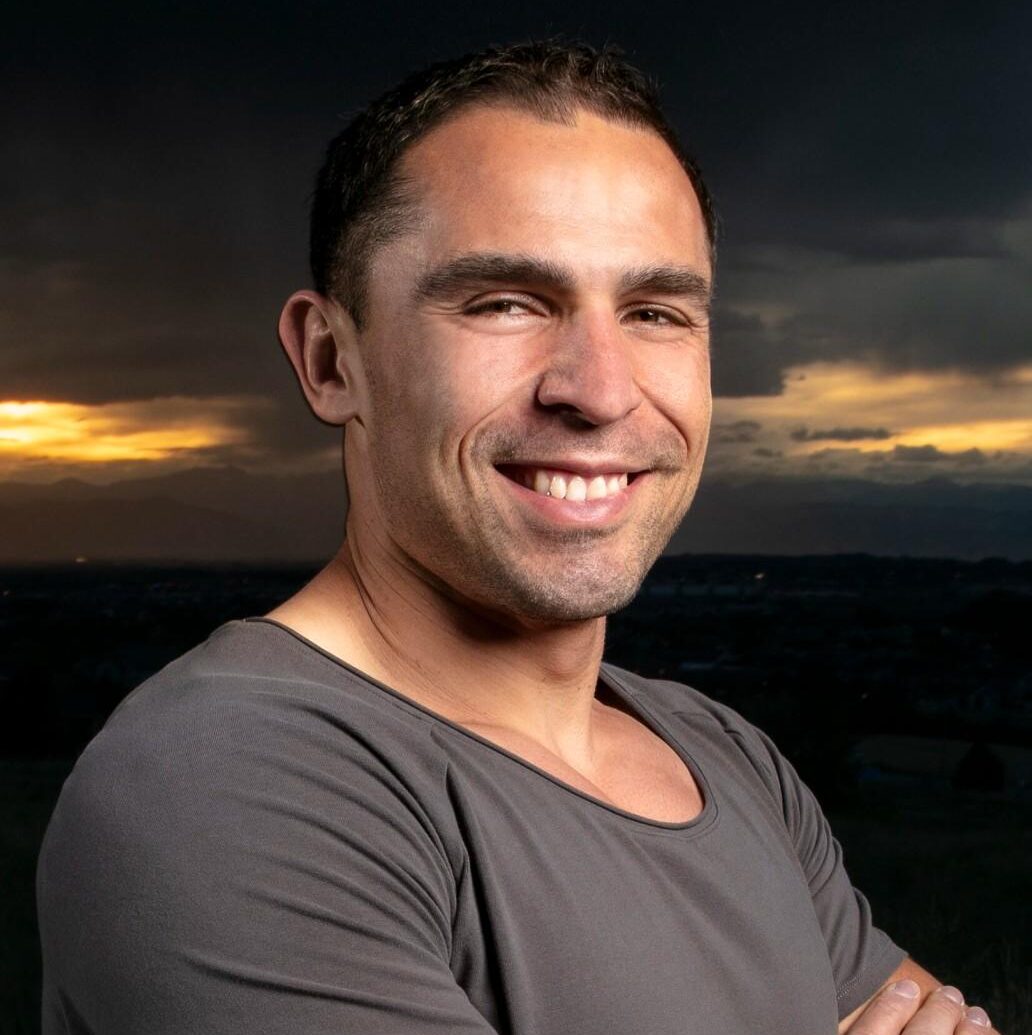
Meet Baltazar Villanueva Founder of
Relentless Spirit
I’ve spent 30 years in martial arts and 17 years teaching self defense and fitness. Despite my expertise, I faced a challenge with body dysmorphia. Chasing an unattainable ideal made me neglect my health and step back from teaching. This began my journey of recovery, self discovery, and growth. By focusing on nutrition and fitness education, I found balance and overcame body dysmorphia. Today, I am proof of resilience and transformation, driven by a vision to redefine health and well-being.
Thank You for Reading!
We hope this guide kickstarts your ability to achieving your fitness goals with a no-nonsense, sustainable approach that’ll help you keep your results forever.
By prioritizing the most crucial factor – your mindset – this guide is designed to empower you to improve your health, enhance your relationship with yourself, and unlock your full potential.
But the journey doesn’t end here. To dive deeper into the transformative power of mindset and nutrition, we invite you to tune in to our podcast, “Mind Over Macros.” Join us as we break down the barriers, challenge conventional beliefs, and provide valuable insights to help you create lasting change.
It’s time to unleash your potential and rewrite your story. If you’re interested in our nutrition coaching, personal training for women, or personal training for men, please book a call.
About the author : Baltazar Villanueva

Baltazar Villanueva is a NASM certified personal trainer & nutritionist that provides services to the Denver metro region. Formerly a mixed martial arts fighter and self-defense trainer, he now provides clients with customized fitness programs that address whole-body wellness. Book a consultation with him here to get started on your fitness journey.

